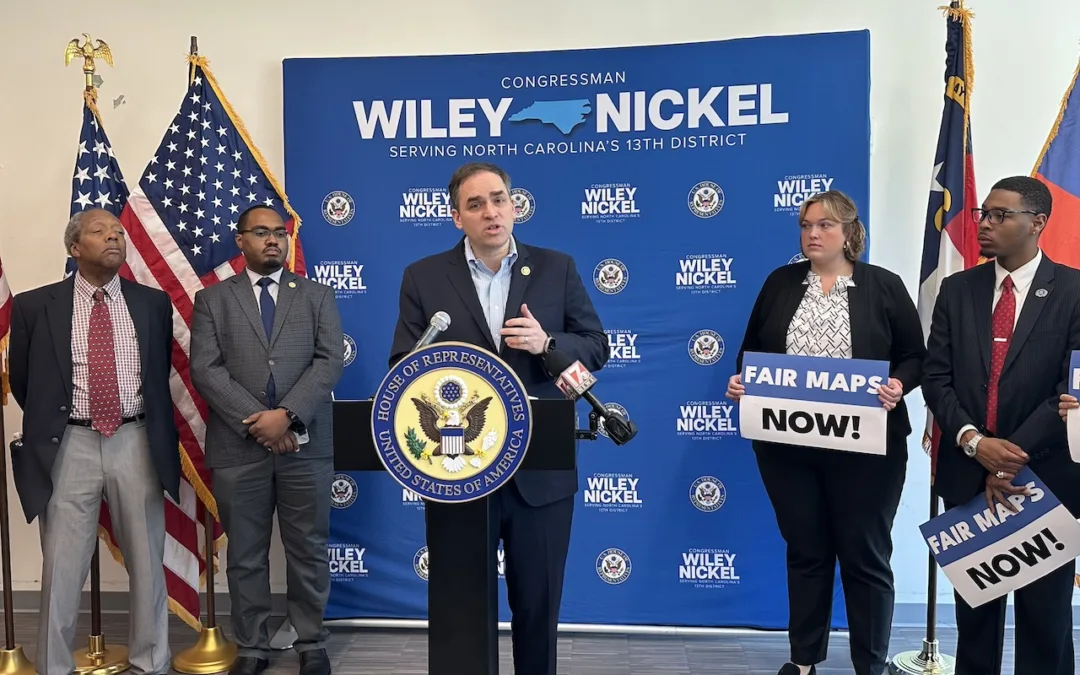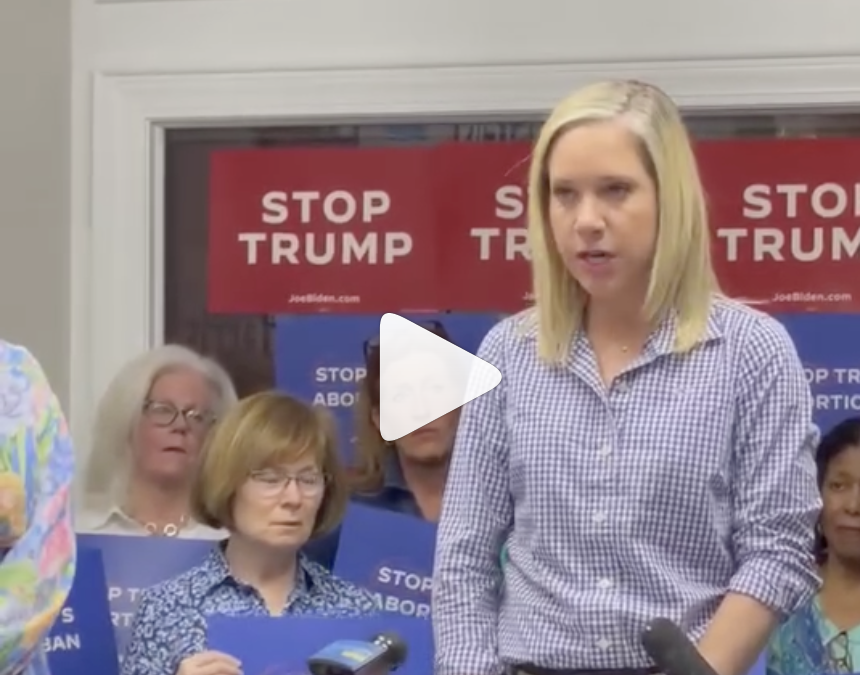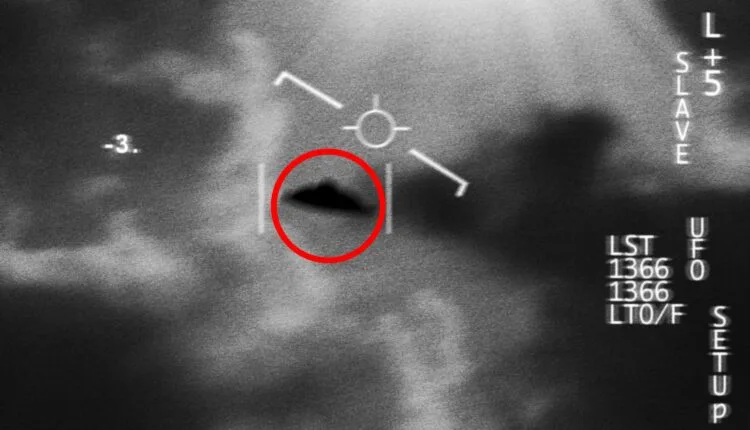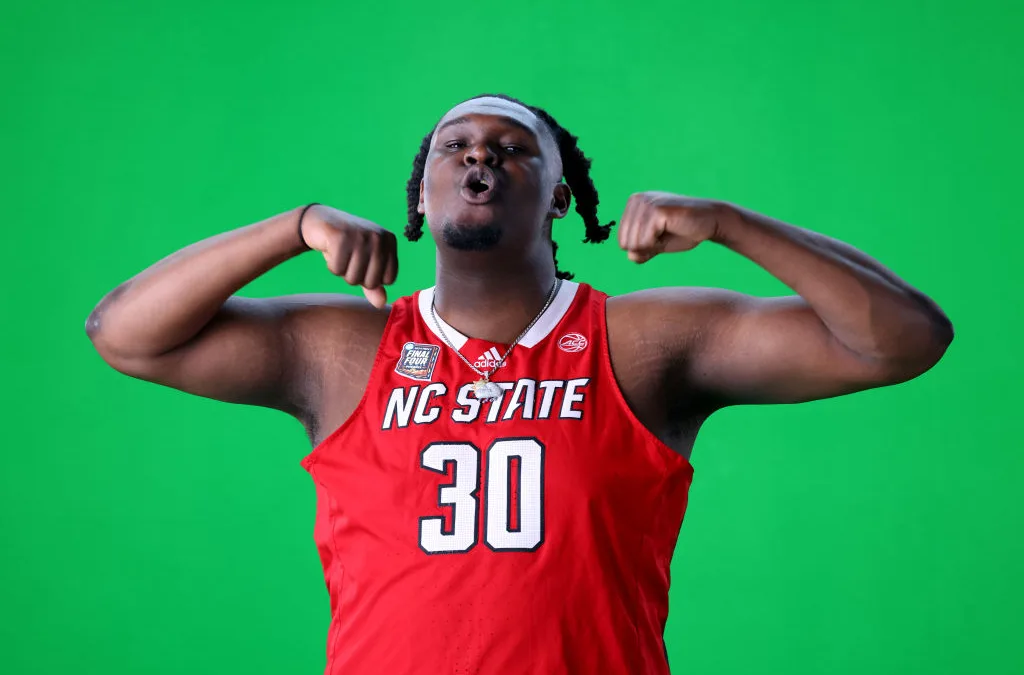
Skye Tafoya’s work is featured in galleries across the country. Here’s how she connected with her passion, and her family, at the same time.
Until this spring, Skye Tafoya never learned how to basketweave despite growing up in Cherokee, NC with her grandmother, a professional basket weaver and member of the Eastern Band Cherokee tribe.
But, one way or another, Tafoya has always been drawn to basketry.
“It’s just inherent in my hands. I get so inspired by baskets. I just think I was supposed to be a basket weaver,” Tafoya says.
Before colonization, basket weaving was a central part of Cherokee women’s daily lives. Women used the baskets to harvest and store foodstuffs. Made from diverse materials such as white oak, honeysuckle, and natural dyes, the baskets were decorated with patterns unique to each clan. Today, this complex art is a crucial part of Cherokee heritage, passed from generation to generation.
But, because Tafoya’s grandmother worked multiple jobs to support her family and was healer on the side, she didn’t have time to teach most of her children (or any grandchildren) how to take part in this tradition.
When Tafoya was 14 her grandmother died and it seemed the family tradition was lost. To make matters worse, since her grandmother sold the baskets for a living, the family didn’t have a single piece to remember her by. The extended family managed to recover two baskets from a community member and they had to pool funds to buy back a third, all that remains of her life’s work, from a local shop.
It was as if her grandmother’s legacy, even Tafoya’s legacy, had been co-opted.
Stories like that explain why Tafoya once refused to make art that explored her culture. But her new work — which is on view at the Museum of the Cherokee Indian in North Carolina — reflects the journey home to Cherokee and her desire to share her grandmother’s story.
The exhibit includes metal-work, sculpture, paper-weaving, printmaking, and Cherokee basketry.
These days, Tafoya’s artworks can be found in museums across the country. In addition to her exhibit in Cherokee, you can catch Tafoya’s pieces in a forthcoming solo exhibit at Linfield Gallery in Oregon, Reclaiming Identity at the Trout Museum of Art in Appleton, WI, and On The Grid: Ways of Seeing in Print at the Loeb Art Center in Poughkeepsie, NY.
An Artist Betrayed
Tafoya’s induction into the fine arts world was something of a fluke (she may have flunked out of all her science classes for an intended exercise science degree). She took a painting class the next semester and kept creating from there.
She learned how to make baskets as a young adult from her father, a member of the Santa Clara Pueblo tribe.
“He had made baskets when he was younger and then moved away from home. He re-taught himself years later,” Tafoya says. Unlike her grandmother, her father only gives away his work, “He’s so kind with his baskets. He just does it from the love he has for making them and connecting with the earth.”
Tafoya’s undergraduate thesis show was all about baskets–though they were welded from metal. One memorable piece–a metal basket 5 feet across will be included in her solo exhibit at Linfield Gallery in October.
But Tafoya still didn’t know how to weave Cherokee baskets like her grandmother. Eventually she stopped making work with any reference to her heritage whatsoever.
“I was tokenized a lot in grad school. They kept pushing me to do my thesis about my heritage. So I tried to steer as far away from anything cultural. It frightened me because I didn’t want them to have ownership over any part of my culture,” Tafoya says.
Tafoya remembers her grad school posting early drafts of one project on the Cherokee language to their social media accounts without her permission.
Tafoya’s experience was not unique. Some MFA programs have been criticized for a lack of diversity and support for BIPOC students.
“If I did my thesis about the Cherokee language, it would become part of the university’s library archive. That’s not what I want to do. I want people who really care about the language to be part of the publication and the archiving. It doesn’t belong at a random grad school where it doesn’t make any sense.”
The experience made her weary about future collaborations–not all galleries and museums that claim to promote BIPOC artists do so fairly and ethically, she says.
Ulnigid Means Strong
After graduating from PNCA in 2018, Tafoya moved back to Cherokee. It was only then, living among family, that Tafoya revisited her heritage in her art.
“Being back in the mountains and becoming part of my family again made me want to reconnect with my grandmother and the things that she cared about. Then I got pregnant and it was amplified. Then I was speaking to my kid: You need to know this person,” Tafoya explains.
She wanted to make baskets so her son would be able to keep them for a lifetime. The only problem: She still didn’t know how to weave Cherokee baskets.
“How do I get close to Cherokee basketry without going through the whole process of Cherokee basketry? How do I understand her hands while understanding my own as well?” Tafoya asked.
She landed on paper weaving because of her expertise in printmaking and print media. “It was a really organic process to cut the paper and start weaving it. Then I just got better as I practiced, in the hopes of doing [true] Cherokee basketry eventually.” The resulting artist book, Ul’nigid’, included intricate paper weaving inspired by Cherokee basketry and letterpress prints of original poetry about her grandmother.
After responding to an open-call for a joint exhibit about the Cherokee Syllabary by the Asheville Art Museum and the Museum of the Cherokee Indian, Tafoya’s art experienced the kind of reception that she’d only ever dreamed about. Each museum acquired a copy of Ul’nigid, and she ended up selling all but three of the original 44 copies to galleries and private collectors around the world.
Not everything’s for sale. She kept a fourth copy for herself (and eventually for her son) that she will never sell.
Basket Weaver at Last
Tafoya finally had a chance to learn Cherokee basketry this spring. She’s made two baskets so far which, like her father, she plans to keep or give as gifts.
“I’m thankfully at a place where I don’t have to sell baskets, I’m able to give them. Between harvesting a white oak tree and all of the [natural] dyes that go with making the basket, it’s almost like I take too much to sell,” Tafoya says.
But she most looks forward to those moments when she finds herself at home in Cherokee, making baskets: “I can sit down and be still while I’m moving. It reorients me. I’m learning how to be gentle with the world–even when it’s not so gentle to us.”
Politics

Op-ed: Why we need to ban partisan gerrymandering once and for all
Some legislatures draw election maps that empower their favored voters and disenfranchise those on the other side. The “Fair Maps Act,” Congressman...

VIDEO: This Woman’s Devastating Story Shows the Consequences of Overturning Roe v. Wade
View this post on Instagram A post shared by Cardinal & Pine (@cardinalandpine) Amanda Zurawski and her husband Josh had tried for...
Local News

The 5 most believable UFO sightings ever reported in North Carolina
Read about five alien encounters that may forever remain unexplained. When you think of the most common places where you might hear a UFO sighting...

Good News Friday: It’s a good day to be a fan of the NC State Wolfpack
The men's and women's teams will compete for a national championship in college basketball this weekend. Plus: How to watch the solar eclipse, and...




